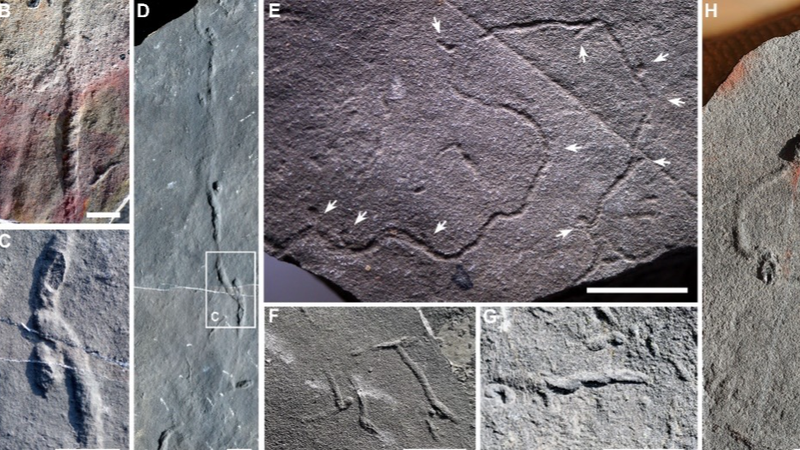A set of fossilized tunnels dug by animals about 550 million years ago in the upper reaches of the Yangtze River, found in Hubei Province on the Chinese mainland, is rewriting our understanding of early marine life.
This discovery comes from the Shibantan Biota, a treasure trove of ancient fossils dating between 550 and 543 million years ago. It reveals that creatures were engineering their seafloor habitat nearly 10 million years before the Ediacaran-Cambrian transition around 539 million years ago.
Among the trace fossils is a newly identified zig-zag burrow named Treptichnus streptosus, along with tadpole-shaped tunnels and complex compound networks. Their intricate patterns point to rhythmic, repeatable movements and fine muscular control—signs of well-developed nervous systems in these early worm-like animals.
“These structures show creatures were not just crawling on the surface, but diving deeper into sediment to feed, hide, and explore,” says lead researcher Chen Zhe. This shift from 2D crawling to 3D burrowing transformed a flat seabed into a dynamic, animal-engineered landscape.
By digging and disturbing sediment layers, these pioneers reshaped their world long before the Cambrian explosion. Their legacy underscores how small behavioral innovations can drive major environmental change—and offers fresh perspective on how today’s ecosystems respond to emerging challenges.
Reference(s):
Study pushes back origin of complex animal behavior by 10 mln years
cgtn.com




